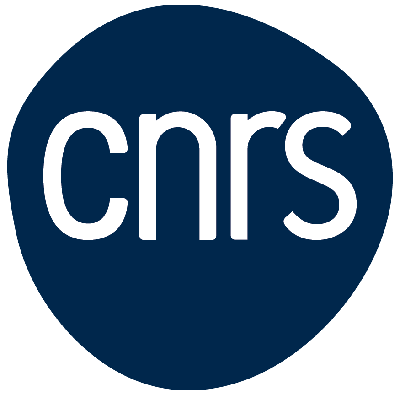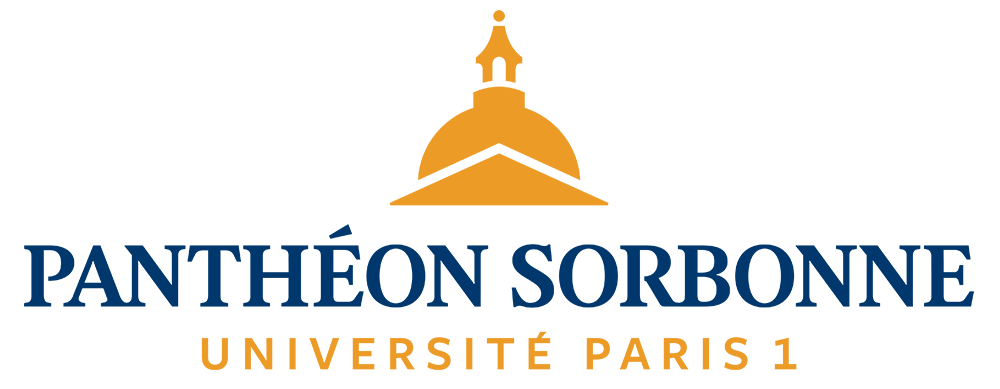Workshop « Indigenous archaeology and Museum Repatriation Policies in the United States, India, and Taiwan »
24 avril 2024, de 14h à 18h : Workshop « Indigenous archaeology and Museum Repatriation Policies in the United States, India, and Taiwan » organisé par Bérénice BELLINA, directrice de recherche (CNRS/UMR 8068-TEMPS) et Frank MUYARD, maître de conférences et responsable du Centre de Taipei (École française d’Extrême-Orient)
Musée du Quai Branly – Jacques Chirac, salle de cours 2 – 37 quai Jacques Chirac, 75007 Paris
Une séance du séminaire « Retours, restitutions, circulations» , une contribution du labex Les passés dans le présent et de la MSH Mondes au GIS Patrimoines en partage.
Interventions :
« Building New Relations: The Indigenous Communities and the Museum of Anthropology of the National Taiwan University », Chih-Hua CHIANG, Associate Professor, Department of anthropology, National Taiwan University
Résumé : The major collection of the Museum of Anthropology of the National Taiwan University primarily originates from the Japanese colonial period in Taiwan (1895–1945), and its context is closely tied to the colonial control over the indigenous peoples. Since its establishment in 2010, the Museum has actively confronted this historical context through initiatives such as digitizing the collections, collaborating with indigenous communities for exhibition, organizing workshops related to indigenous affairs on campus, etc. It aims to strengthen connections with the indigenous communities by making the collection accessible to the indigenous communities and facilitating further research on the collection. The museum, together with the indigenous communities, thus seeks to explore the significance of the collection in contemporary society and alternative possibilities to reckon with the colonial history of Taiwan.
This presentation will explore the National Treasure designation process of the ancestral post from the Jiaping community, one of the Paiwan tribe, curated during the Japanese colonization. I will trace the interactions among the Jiaping community, the museum, the students, the university, and the state during and after this process. I will illustrate how this process has sparked various discussions, reflections, and emotional responses, ultimately leading to the establishing and shaping of new relationships among these actors. In the process of redefining our relationships with the artifacts curated during the colonial period, the museum and the indigenous communities thus hope to confront the complex and difficult history through creating new futures together.
« Naga. Democratization of the Museum Collections », Alok Kumar KANUNGO, IIT Gandhinagar
Résumé : The display of collected objects is done as per the understanding and perception of the collectors, who are invariably not local and mainly based on their visit to a geographical region in a varied cultural zone. As a result of this, the dynamism and variable meanings of the ethnographic objects are rarely collected. In the 21st century, the idea of museums with people has picked up – i.e., developing the display by incorporating the natives whose collections are the theme. However, this approach comes with the limitation of the time gap that has produced significant changes in the perception and attitudes of the people themselves. Also, the collections are assigned to a larger community rather than to a particular location, resulting in the subsumption of the variable and dynamic meanings into a general narrative. Simultaneously, traditional knowledge systems are taking the shape of science, having their own felicity conditions and requirements. Perhaps the way to make the museum from a place of curiosity to a learning centre is to take the collected artefacts to the place of collection for a respectable time and collect the variable and dynamic meanings of collected objects. It is also important to accumulate people’s feelings and ethics of the prevailing tradition for what is to be displayed in material form and what should be in virtual form without compromising on collecting scientific data for archival records. Keeping the challenges of restitution of Naga physical remains as the focal point, the presentation argues for the intellectual right of the Nagas to the artefacts in the museums.
« Give Us Back Our Ancestors and Sacred Objects!’ American Indians and 35 Years of Repatriation », Joe WATKINS Archaeological and Cultural Education Consultants, Tucson, Arizona; Visiting Professor, GI-CoRE, Hokkaido University Sapporo & Research Associate, Global Station for Indigenous Studies and Cultural Diversities: GSI & Center for Ainu and Indigenous Studies, Hokkaido University, Sapporo
Résumé : Repatriation, in its very basic sense, is the process of returning something to its home country. In the sense of Indigenous populations, repatriation generally is used to refer to the return of particular classes of objects within museum collections to the cultures from which they were acquired. In the United States, the National Museum of the American Indian Act (NMAIA) of 1989 and the Native American Graves Protection and Repatriation Act (NAGPRA) of 1990 are the two laws that regulate the repatriation of particular materials to American Indian tribes.
The processes of repatriation under the NMAIA and NAGPRA have been major influences on international perspectives regarding the repatriation and return of items within collections which derive from Indigenous cultural groups. Although not international in terms of the museums to which they have legal relevance, the laws serve as models for the continuing recognition of rights of Indigenous populations to the retention and re-acquisition of cultural heritage. More recently (in 2006), the UNESCO Declaration on the Rights of Indigenous People is perhaps the more relevant document to be used in support of the rights of Indigenous peoples to the use and control of their ceremonial objects and the right to the repatriation of their human remains.
In this presentation I will briefly discuss the two major repatriation laws that have been enacted in the US. I will provide more information on NAGPRA since it has the widest reach. After providing a few definitions and a description of the processes involved, I will look at some of the issues that have continued to plague tribal groups pursuing repatriation under the laws. Following that, I will discuss some of the challenges tribes have faced when trying to regain materials outside of the United States and a recent attempt to help tribes initiate international repatriation. I will also discuss repatriation at the Choctaw Nation of Oklahoma as a case study.







